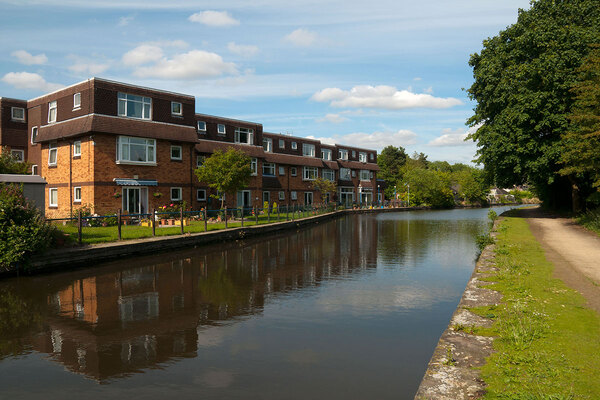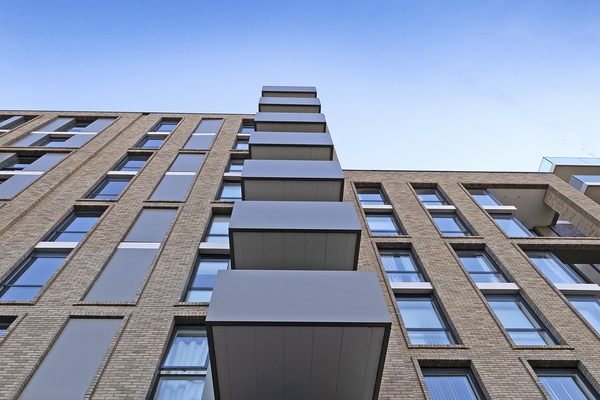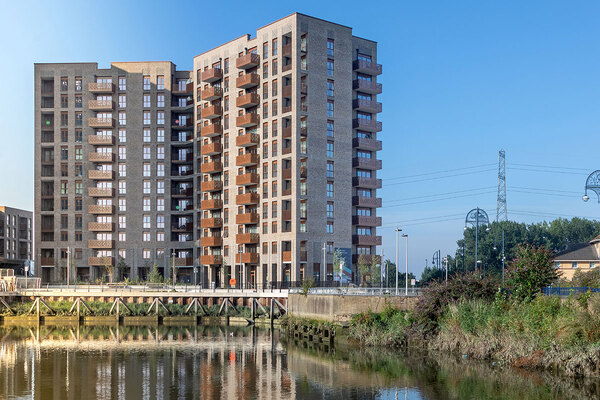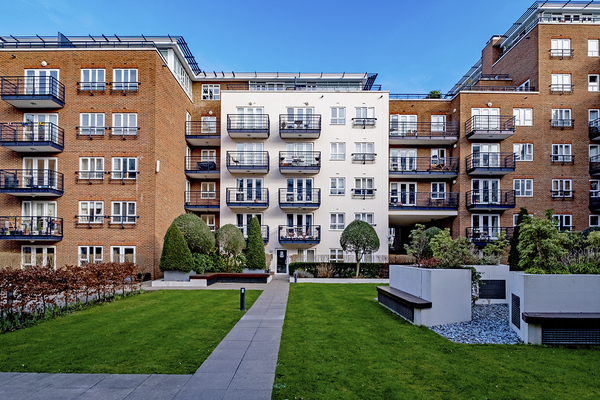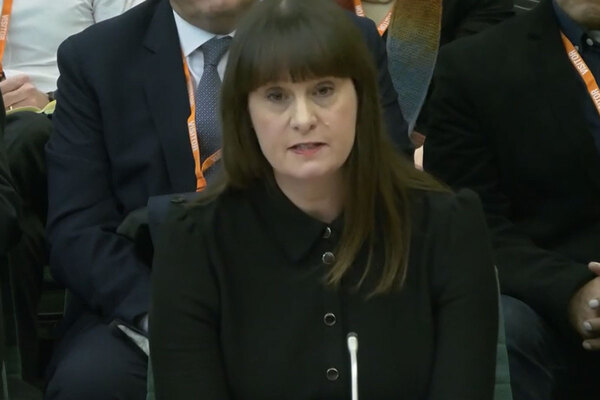You are viewing 1 of your 1 free articles
Will additionality increase affordable housing?
The rules around navigating additionality are uncertain, write Lara Borrett-Lynch and Paul Butterworth of law firm Foot Anstey
The word ‘additionality’ is very en vogue in the housing world. It seems like developers and housing associations are entering into a multitude of schemes ‘providing additionality’, with the perception being that it is a byword for more housing being delivered.
However, is it really that simple?
The key thing to understand is that the starting point for delivering affordable housing is the planning system via Section 106 agreements. Essentially this ensures that developers have an obligation to include a proportion of units as affordable housing on most housing sites.
A developer, in effect, provides a subsidy which the government would otherwise have to provide. This subsidy will be equivalent to the funding gap between the value of the unit for market sale and the amount paid by a housing association to secure the unit. This can be a competitive process; what one housing association pays for Section 106 units may be different to another.
So, where does additionality come in?
Ordinarily, Homes England does not fund affordable housing units where Section 106 units are being delivered. However, where a housing association proposes to acquire units over and above the Section 106 units on a site, they may qualify for grant funding from Homes England.
This is because, in theory, these units would ordinarily be open market ones outside Section 106 restrictions and therefore should not be subsidised by a developer.
Is it that straightforward? As is ever the case: no!
“If developers cannot accept and work with housing associations so as not to cross these red lines, then developers will not sell their units as additionality”
The developer needs to understand that, in order to sell the additionality, the housing association still needs to satisfy its key funder, Homes England. Homes England has no obligation to fund these units, and it is entirely in its discretion.
Given that the main reason a developer sells additionality to a housing association is that the units are not being sold on the open market or it is their business model, developers need to ensure their contract documents do not prevent the housing association from doing the one thing it needs to do: claim grant funding from Homes England.
We find it is often the case that a developer will try to restrict the use of these units to affordable housing through contract documentation. Local authorities may also try and prescribe the use in a Section 106 agreement.
As is hopefully apparent, this defeats the object. Homes England put the onus on the housing association to obtain its own legal advice to ensure compliance with grant funding conditions. Consequently, there are clear red lines for housing associations. If developers cannot accept and work with housing associations so as not to cross these lines, then developers will not sell their units as additionality.
Both developers and housing associations need to work together. It is a matter of trust for the local authority (and the developer) to accept that the housing association is going to use the additionality units as affordable housing and not sell them on the open market and make a quick buck.
They should also take comfort from remembering that if a housing association draws down grant from Homes England, it is bound by its various grant agreements and guidance, such as the Capital Funding Guide. In short, if it does just sell, having drawn down grant, then it will have to repay the grant, so it does seem unlikely.
It can also be pointed out that any additional affordable housing units are an unexpected windfall for local authorities. To try to restrict the use of these units is likely to negate the drawdown of grant, and the windfall would be lost.
So, does additionality affect housing supply?
The current government has made it very clear that it is committed to the delivery of more housing in general and affordable housing in particular.
“Our view is that additionality undoubtedly results in more affordable housing units being delivered, but it is unclear to what extent”
Whether additionality is the answer requires complex analysis in order to answer properly. Complex because it does not actually increase the number of units being built on the face of it; if not offered by a developer to housing associations, these units would have been built for normal open market use on a development site.
However, bear in mind, a site may simply not be financially viable. Therefore, without subsidy coming into the scheme, the development may just not get built or at least may be delayed until the market and values pick up.
Evidence may only be anecdotal, based on years of working in the affordable housing development sector, but our view is that additionality undoubtedly results in more affordable housing units being delivered, but it is unclear to what extent.
What complicates matters further now is that housing associations are holding fire on Section 106 acquisitions because monies have to be spent elsewhere, specifically on existing stock.
That being the case, it cannot truly be said that additionality is presently adding to affordable housing numbers overall, because of the lack of Section 106 acquisitions being transacted.
And finally, what about the Community Infrastructure Levy (CIL)? The CIL adds to the problems.
A CIL-charging authority may well take the view that simply because a housing association is delivering additional affordable housing units, they are not affordable housing units for CIL purposes, because there is no planning obligation to restrict their use as affordable.
Again, there is no certainty on this issue. What it does mean is that, on the one hand, additionality may qualify for grant funding, while on the other, these units do not qualify for CIL relief.
We can only conclude that, like most things in housing, the uncertainty around subsidy and CIL relief means additionality as a solution to the supply of more affordable housing units cannot be guaranteed.
Lara Borrett-Lynch, partner and head of the affordable housing team, and Paul Butterworth, legal director in the affordable housing team, Foot Anstey
Sign up for our development and finance newsletter
Already have an account? Click here to manage your newsletters


